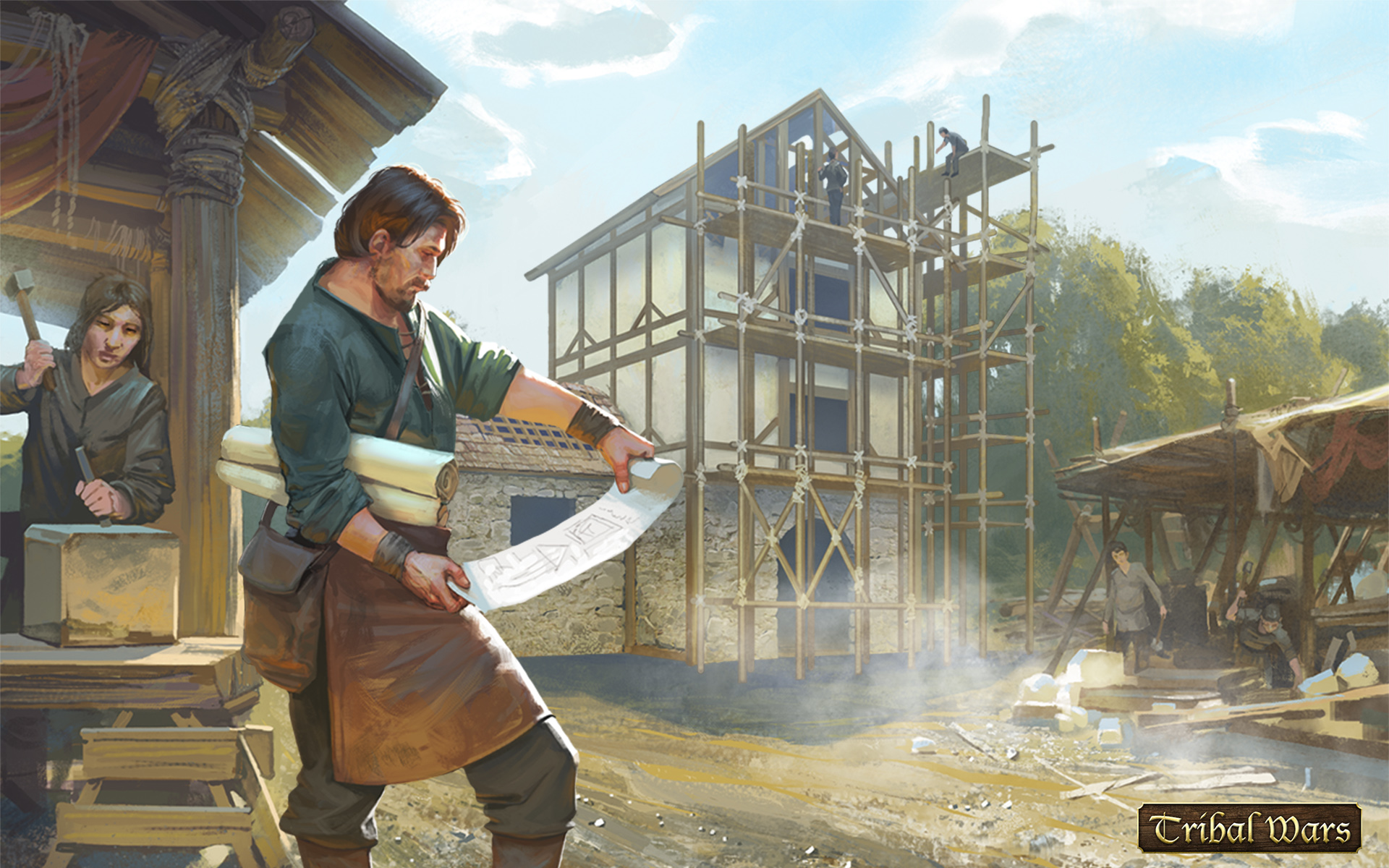

#Warehouse tribal wars upgrade
This you'll need to farm the villages around you, basically you'llĪttack them (which is why good defense is a plus, in case they attackīack) and your troops will bring you back resources if they'reġ) Upgrade your Timber camp and Clay pit to level 20Ģ) Upgrade your Iron mine and warehouse to level 18Ħ) Build a stable and upgrade it to level 3Ĩ) Build 100 scouts and start scouting the villages around you with about 20 scouts each so you leave at least 60 scouts at homeĩ) Build 35 light cavalry and start attacking the villages you scouted with very little troopsġ0) Build more cavalry with the resources you farm from other villagesġ1) Build your wall up to level 15 with the resources your village makes Tribal Wars Guide The resources you get from your Timber camp, Clay pit and Iron mineĪre fine but at this point you'll need to gather more resources fromĮlsewhere to continue to grow faster then your neighbor villages. There are now over one hundred theories about the Ripper's identity, and the murders have inspired multiple works of fiction.

The term "ripperology" was coined to describe the study and analysis of the Ripper cases. As the murders were never solved, the legends surrounding them became a combination of genuine historical research, folklore, and pseudohistory.
#Warehouse tribal wars series
An investigation into a series of brutal killings in Whitechapel up to 1891 was unable to connect all the killings conclusively to the murders of 1888, but the legend of Jack the Ripper solidified.
#Warehouse tribal wars serial
Mainly because of the extraordinarily brutal character of the murders, and because of media treatment of the events, the public came increasingly to believe in a single serial killer known as "Jack the Ripper".Įxtensive newspaper coverage bestowed widespread and enduring international notoriety on the Ripper. The "From Hell" letter, received by George Lusk of the Whitechapel Vigilance Committee, included half of a preserved human kidney, supposedly from one of the victims. Rumours that the murders were connected intensified in September and October 1888, and letters from a writer or writers purporting to be the murderer were received by media outlets and Scotland Yard. The removal of internal organs from at least three of the victims led to proposals that their killer possessed anatomical or surgical knowledge. Other nicknames used for the killer at the time were "The Whitechapel Murderer" and "Leather Apron".Īttacks ascribed to the Ripper typically involved female prostitutes from the slums whose throats were cut prior to abdominal mutilations. The letter is widely believed to have been a hoax, and may have been written by a journalist in a deliberate attempt to heighten interest in the story. The name originated in a letter, written by someone claiming to be the murderer, that was disseminated in the media. "Jack the Ripper" is the best-known name given to an unidentified serial killer who was active in the largely impoverished areas in and around the Whitechapel district of London in 1888.


 0 kommentar(er)
0 kommentar(er)
